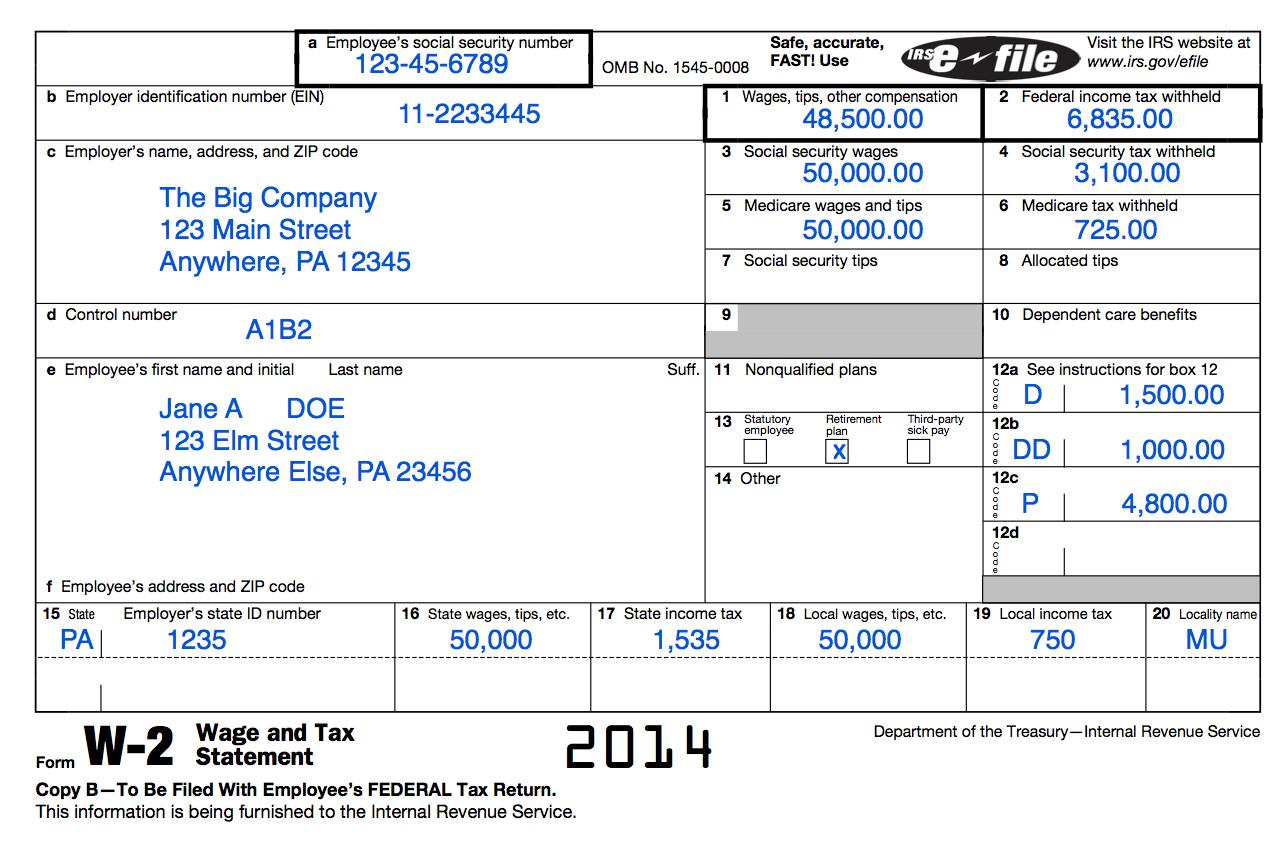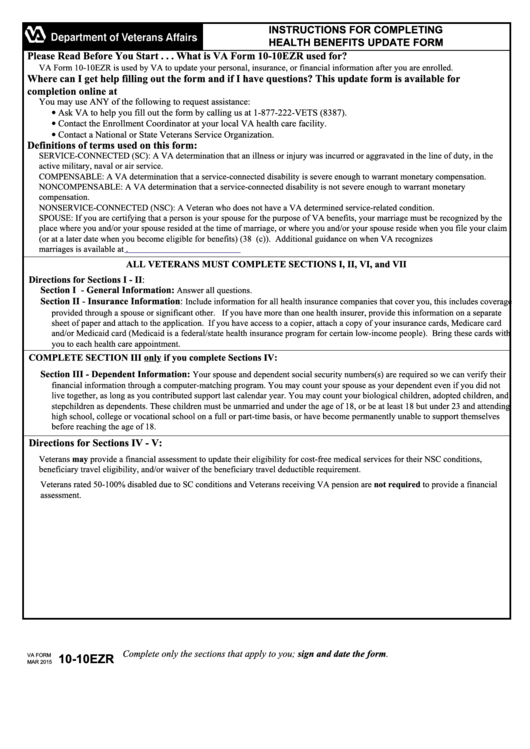

#Upcat Form 1 And 2 download#
You can download the deal.ii library at. Taylor andĪ First Course in Finite Elements, J. The Finite Element Method: Its Basis and Fundamentals, O.C.

The Finite Element Method: Linear Static and Dynamic Finite Element Analysis, T.J.R. Treatments than can be provided in any form of class: However, we do recommend the following books for more detailed and broader There are many books on finite element methods.
#Upcat Form 1 And 2 code#
At suitable points in the lectures, we interrupt the mathematicalĭevelopment to lay out the code framework, which is entirely open source, and C++ based. Questions that arose from a small group of graduate students and post-doctoral scholars whoįollowed the lectures live. Interspersed among the lectures are responses to Three dimensions (linear elastodynamics). (unsteady heat conduction and mass diffusion), and the lectures end with hyperbolic PDEs in Parabolic PDEs in three dimensions come next In vector unknowns (linearized elasticity). Mass diffusion), before ending the treatment of elliptic PDEs with three dimensional problems

Then move on to three dimensional elliptic PDEs in scalar unknowns (heat conduction and One dimension (linearized elasticity, steady state heat conduction and mass diffusion). For clarity we begin with elliptic PDEs in The physical phenomena represented by the PDEs. At each stage, however, we make numerous connections to The development itself focuses on the classical forms of partial differential equations (PDEs):Įlliptic, parabolic and hyperbolic. A background in PDEs and, more importantly, linear algebra, is assumed,Īlthough the viewer will find that we develop all the relevant ideas that are needed. Much of the success of the FiniteĮlement Method as a computational framework lies in the rigor of its mathematicalįoundation, and this needs to be appreciated, even if only in the elementary manner

Methods, which in turn explains why they work so well. We do spend time in rudimentary functionalĪnalysis, and variational calculus, but this is only to highlight the mathematical basis for the It is notįormal, however, because the main goal of these lectures is to turn the viewer into aĬompetent developer of finite element code. Natural for a topic whose roots lie deep in functional analysis and variational calculus. Introductory graduate class at University of Michigan. The course includes about 45 hours of lectures covering the material I normally teach in an The emphasis is on coding up the formulations in a modern, open-source environment that can be expanded to other applications, subsequently. The treatment is mathematical, but only for the purpose of clarifying the formulation. This course is an introduction to the finite element method as applicable to a range of problems in physics and engineering sciences.


 0 kommentar(er)
0 kommentar(er)
